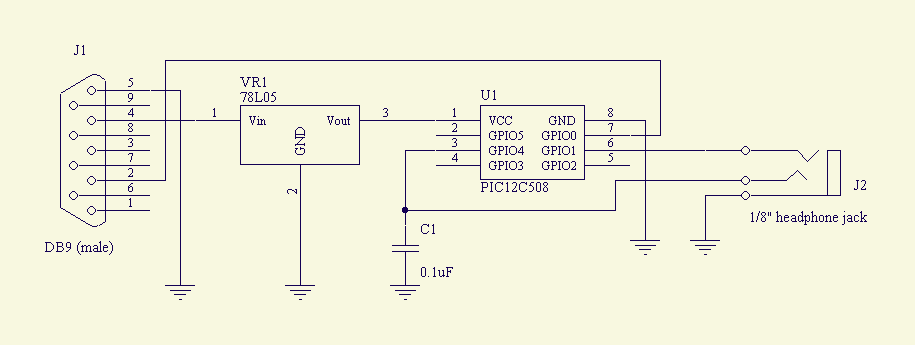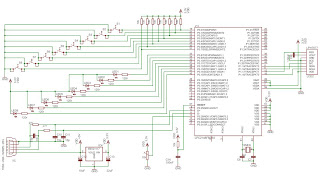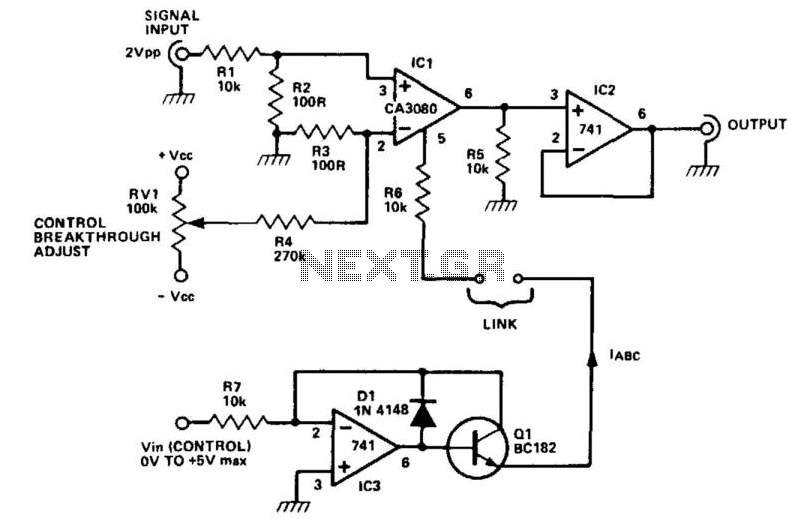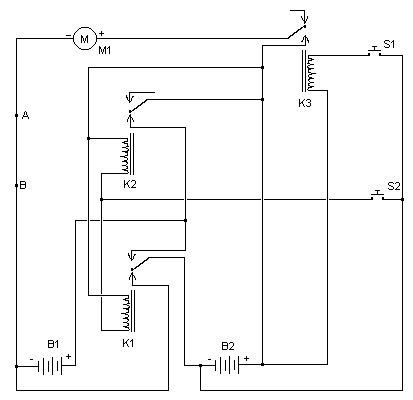
Interfacing Sony control stick to Empeg

You may find that there are too few, if your power is very noisy (as can happen in a car environment) it may help to place a 0.1uF and/or 10uF capacitor before and/or after the voltage regulator. At the moment I`m not using these but at this point I`ve only tested it on the bench, not in the car. I`ll update this web page after it`s all installed.
In automotive applications, power supply noise can significantly affect the performance of electronic circuits. To mitigate this issue, the inclusion of decoupling capacitors is recommended. It is advisable to place a 0.1 µF ceramic capacitor in parallel with a larger electrolytic capacitor, such as a 10 µF, both before and after the voltage regulator.
The 0.1 µF capacitor serves to filter high-frequency noise, providing a low-impedance path to ground for these rapid transients. This is particularly crucial in environments like automobiles, where electromagnetic interference (EMI) is prevalent due to various electrical components operating simultaneously. The ceramic capacitor is preferred for its low equivalent series resistance (ESR) and high-frequency performance.
The 10 µF capacitor, typically an electrolytic type, aids in stabilizing the voltage output from the regulator by providing bulk capacitance to handle lower frequency fluctuations and transients. This larger capacitor helps maintain a steady voltage level during sudden changes in load, which can occur in automotive systems as devices are turned on and off.
When designing the circuit, it is essential to ensure that the capacitors are rated for the expected voltage levels in the application. Additionally, proper placement of these capacitors is crucial; they should be located as close as possible to the voltage regulator pins to minimize the inductance of the traces or leads connecting them.
Testing the circuit on a bench is a good initial step; however, it is critical to evaluate the performance in the intended operational environment, such as a vehicle, to confirm that the implemented noise reduction measures are effective. Future updates to the circuit design may be necessary based on real-world performance data gathered during these tests.You may find that there are too few, if your power is very noisy (as can happen in a car environment) it may help to place a 0.1uF and/or 10uF capacitor before and/or after the voltage regulator. At the moment I`m not using these but at this point I`ve only tested it on the bench, not in the car.
I`ll update this web page after it`s all installed. 🔗 External reference
In automotive applications, power supply noise can significantly affect the performance of electronic circuits. To mitigate this issue, the inclusion of decoupling capacitors is recommended. It is advisable to place a 0.1 µF ceramic capacitor in parallel with a larger electrolytic capacitor, such as a 10 µF, both before and after the voltage regulator.
The 0.1 µF capacitor serves to filter high-frequency noise, providing a low-impedance path to ground for these rapid transients. This is particularly crucial in environments like automobiles, where electromagnetic interference (EMI) is prevalent due to various electrical components operating simultaneously. The ceramic capacitor is preferred for its low equivalent series resistance (ESR) and high-frequency performance.
The 10 µF capacitor, typically an electrolytic type, aids in stabilizing the voltage output from the regulator by providing bulk capacitance to handle lower frequency fluctuations and transients. This larger capacitor helps maintain a steady voltage level during sudden changes in load, which can occur in automotive systems as devices are turned on and off.
When designing the circuit, it is essential to ensure that the capacitors are rated for the expected voltage levels in the application. Additionally, proper placement of these capacitors is crucial; they should be located as close as possible to the voltage regulator pins to minimize the inductance of the traces or leads connecting them.
Testing the circuit on a bench is a good initial step; however, it is critical to evaluate the performance in the intended operational environment, such as a vehicle, to confirm that the implemented noise reduction measures are effective. Future updates to the circuit design may be necessary based on real-world performance data gathered during these tests.You may find that there are too few, if your power is very noisy (as can happen in a car environment) it may help to place a 0.1uF and/or 10uF capacitor before and/or after the voltage regulator. At the moment I`m not using these but at this point I`ve only tested it on the bench, not in the car.
I`ll update this web page after it`s all installed. 🔗 External reference





